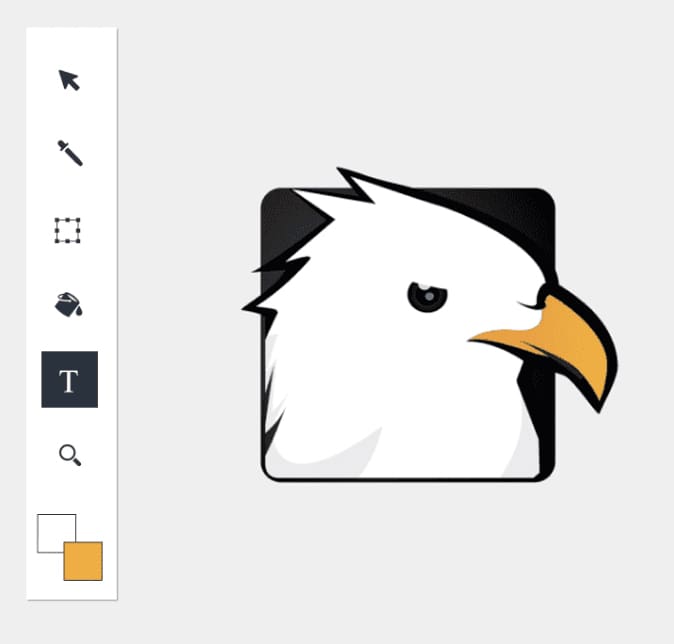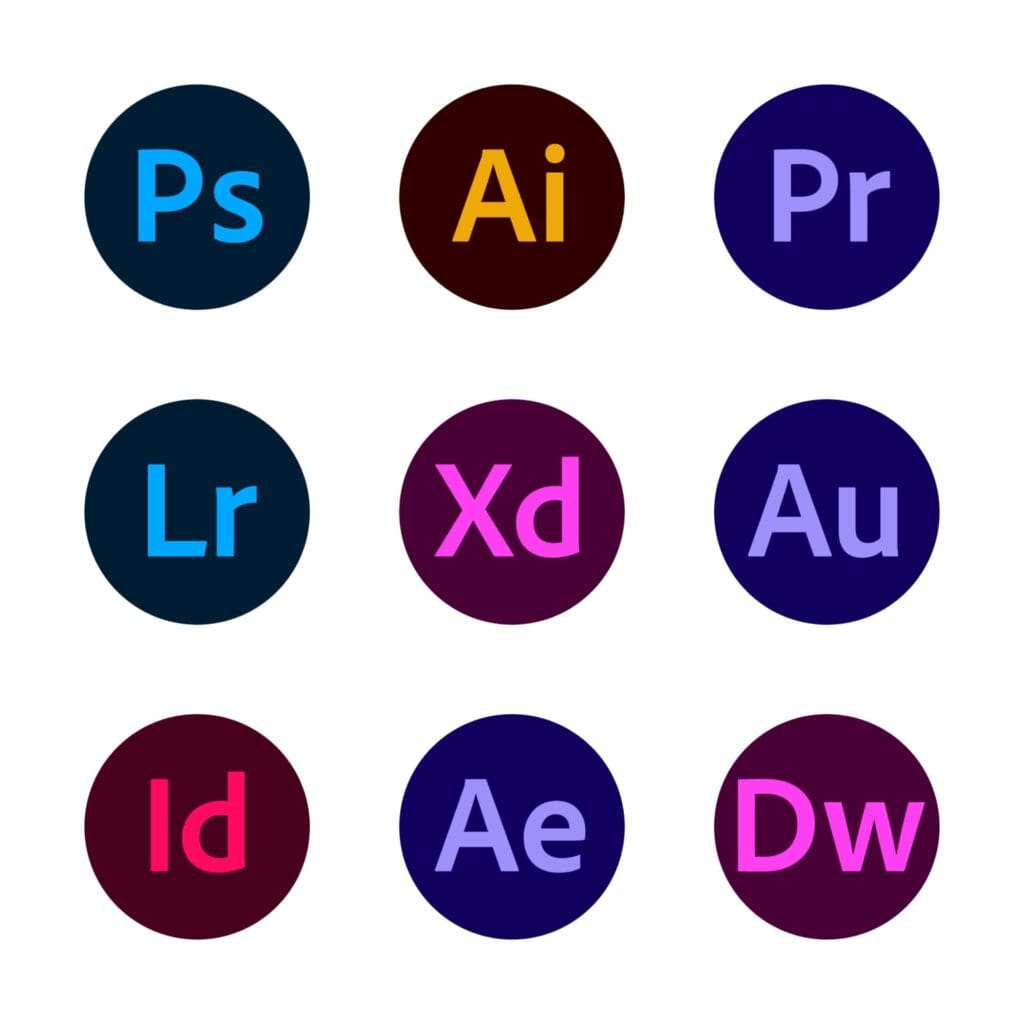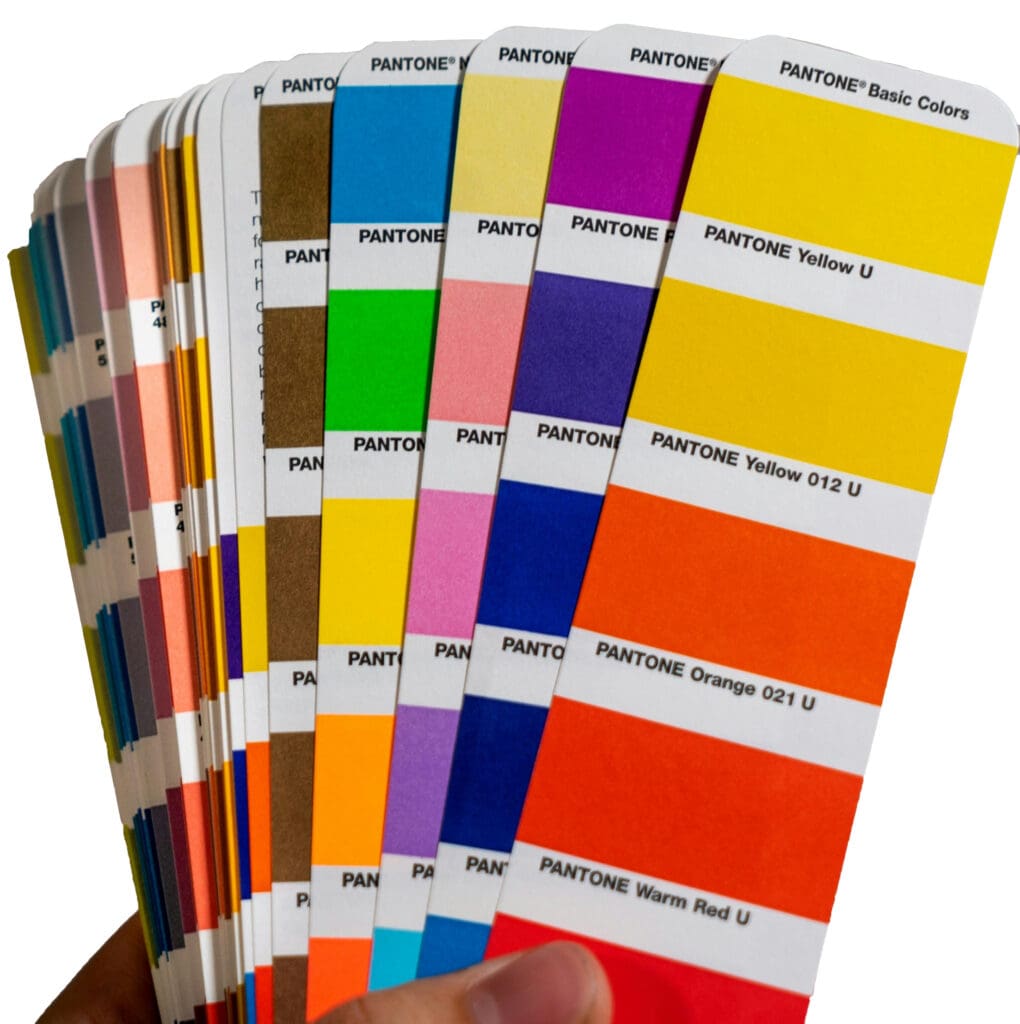Let’s face it, we all appreciate good design. A beautiful image can catch our eye, evoke emotions, and leave a lasting impression. But true graphic design goes far beyond aesthetics. It’s a powerful visual communication tool – to achieve specific goals.
While everyone can use design tools, a true graphic designer possesses a deep understanding of design principles, software mastery, branding expertise, and cutting-edge trend awareness. Graphic designers don’t just create pretty pictures; we craft strategic visual solutions that resonate with a certain target audience, build brand identity, and ultimately drive results.
Let’s dive into the 5 key areas of awesome graphic design:

1. Design Principles and Theory
It’s about employing proven scientific principles for composition, hierarchy, color, and typography, ensuring every element works in harmony to guide your audience’s eye and amplify your message.
We use these principles in:
- Website layout: Creating visually pleasing and balanced layout that guides users to key information.
- Poster design: Employing hierarchy principles to prioritize the headline, followed by supporting text and imagery, ensuring users grasp the message instantly.
- Logo design: Utilizing color psychology to evoke desired emotions and brand associations.
- Typography: Choosing easily readable fonts and applying appropriate spacing for improved comprehension and brand consistency. Sometimes fonts can be part of the design as long as it is a clean professional look.
2. Software Mastery
Adobe Creative Suite expertise allows us to conjure complex layouts, manipulate visuals with precision, and achieve stunning effects that basic tools like Canva simply can’t.
Knowing your software is important in:
- Magazine layout: Utilizing Adobe InDesign for intricate multi-page layouts with precise text wrapping, image editing, and master pages for brand coherence.
- Motion graphics animation: Leveraging Adobe After Effects for dynamic animations, visual storytelling, and product explainer videos.

3. Branding and Communication
Visual elements shape your brand perception, evoke emotions, and influence behavior. Designs should seamlessly integrate into your broader communication strategy, ensuring consistency and impact.
Branding and Communication is very important in:
- Website color scheme: Reflecting the brand’s core values and target audience through color choices.
- Social media graphics: Tailoring the visual style and messaging to each platform’s unique audience and content expectations.
- Infographics: Simplifying complex data into visually appealing and easily digestible formats to enhance communication and brand recall.

4. Trends and Technology
Staying ahead of the curve and incorporating the latest design trends and technological advancements to create work that feels fresh, relevant, and future-proof.
Examples where Trends and Technology Is Important
- Website design: Professional User Interface (UI) design crafts seamless and intuitive interfaces, prioritizing both user needs and visual appeal. It balances aesthetics, usability, and accessibility to create delightful and efficient experiences that drive user satisfaction and engagement.
- Social media marketing: Staying updated on platform algorithm changes and utilizing relevant features like stories, live video, and interactive polls.
5. Collaboration and Client Management
Thrive on collaboration as a designer. Examples of where Collaboration and Client Management Is really Important:
- Collaborative design tools: Utilizing software for real-time design collaboration with clients and team members.
- Project management software: Employing tools like Monday or Trello to track project progress, assign tasks, and ensure clear communication among everyone working on marketing projects.
- Regular marketing communication: Holding regular meetings, providing progress updates, and incorporating client feedback throughout the design process.
- Proactive problem-solving: Anticipating potential challenges and working collaboratively with clients to find solutions that maintain project goals and quality.
Let’s talk about the vision for your business and how we can transform it into a reality that drives engagement, builds brand loyalty, and ultimately achieves your business goals
If you are looking for a partner to help you with Graphic Design, contact Dot Marketing today!
Dot Marketing is focused on delivering results—the only metric that matters!
Call us at 605-519-5740 or click the button below to schedule your free consultation.
